I like big backings, and I cannot lie.
I’ve been asked this several times, and some quilters seem to feel that I am insane. They can quilt their quilt with a backing just an inch or two larger on their home machine, why can’t I do that? Today I am going to show you why.
It isn’t because I’m greedy – I don’t want to steal your leftover backing scraps. I’m really not trying to make life more difficult for you. I’m not trying to sell you wide back fabrics, although I do love them.
My longarm machine is very different from a domestic machine. Sure, the motor works the same way, and the stitch forms the same way, but other than that, it is a completely different experience.
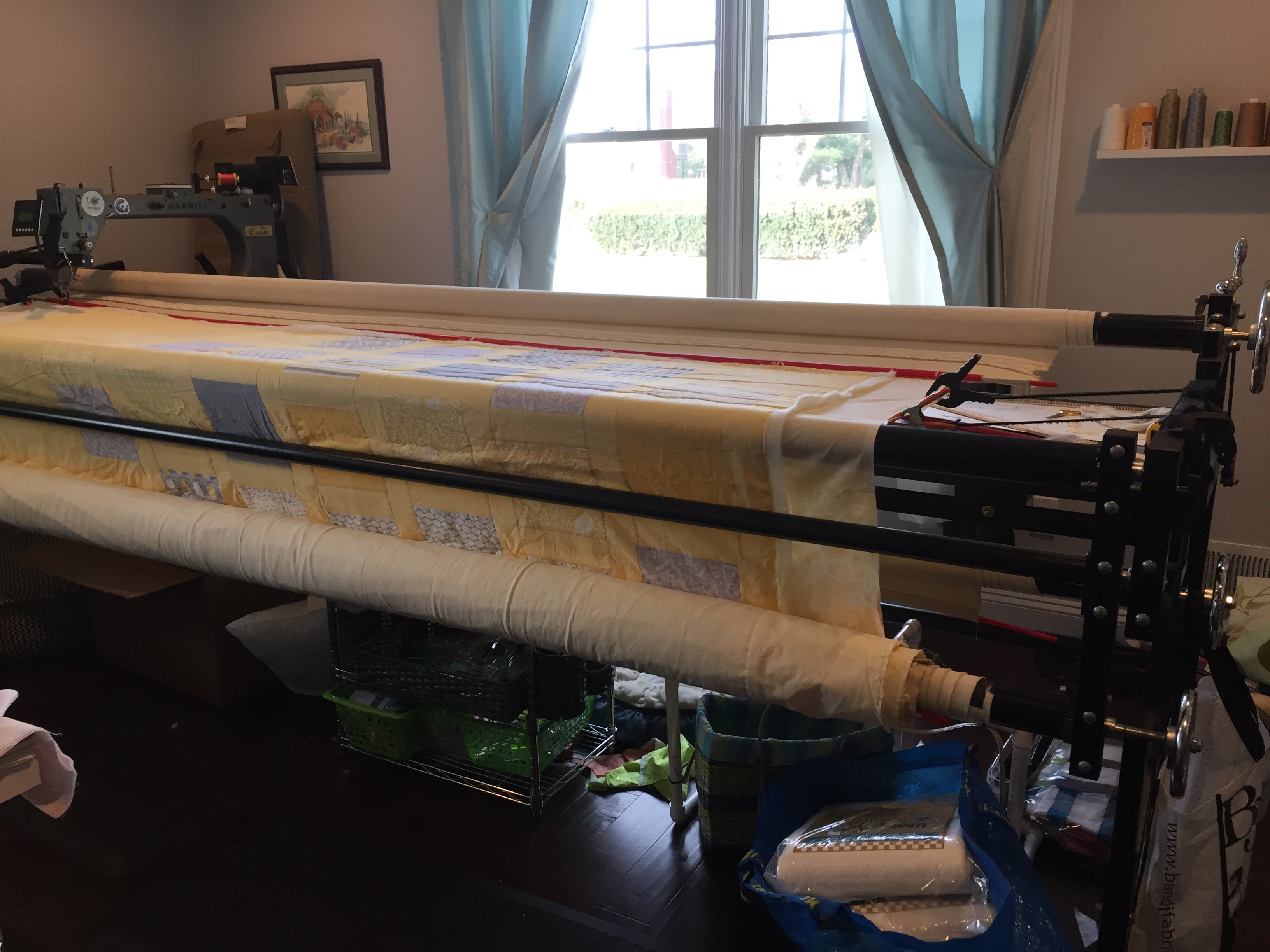 Backings have to be loaded onto my frame. My frame is is 12 feet long, 4 feet wide, and about 4 feet tall. (For reference, I am five feet tall, and that is at the top of my head.) I don’t have to crawl around on my floor pinning a quilt, but I do have to reach around my frame, then walk back and forth around it as I smooth the fabric onto it. If the seams are puckered at all, this takes more time, and makes it harder to prevent pleats on the back of the quilt. This is why I encourage the use of wide backing. It is just so much easier for both of us.
Backings have to be loaded onto my frame. My frame is is 12 feet long, 4 feet wide, and about 4 feet tall. (For reference, I am five feet tall, and that is at the top of my head.) I don’t have to crawl around on my floor pinning a quilt, but I do have to reach around my frame, then walk back and forth around it as I smooth the fabric onto it. If the seams are puckered at all, this takes more time, and makes it harder to prevent pleats on the back of the quilt. This is why I encourage the use of wide backing. It is just so much easier for both of us.
Once the backing is on and smooth, I can layer on batting and the top. I use “channel locks” on my machine, which keep some of the wheels from moving and lock the machine into either a horizontal or vertical travel path. That helps me get the quilt as straight and square as possible.
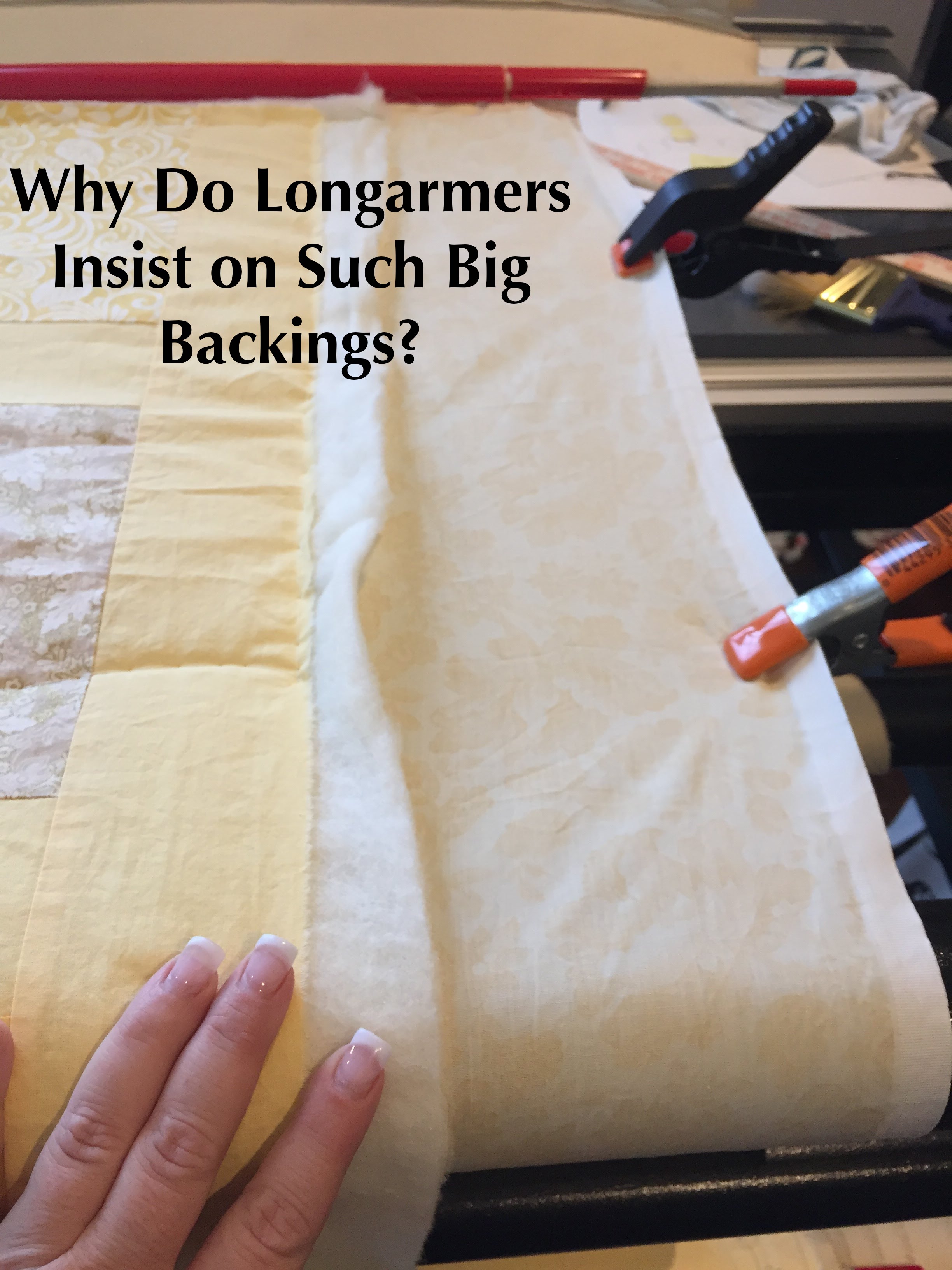 You can see I have a lot of excess backing on this one. That is great. I use these clamps to keep the backing taut to prevent puckers on the back.
You can see I have a lot of excess backing on this one. That is great. I use these clamps to keep the backing taut to prevent puckers on the back.
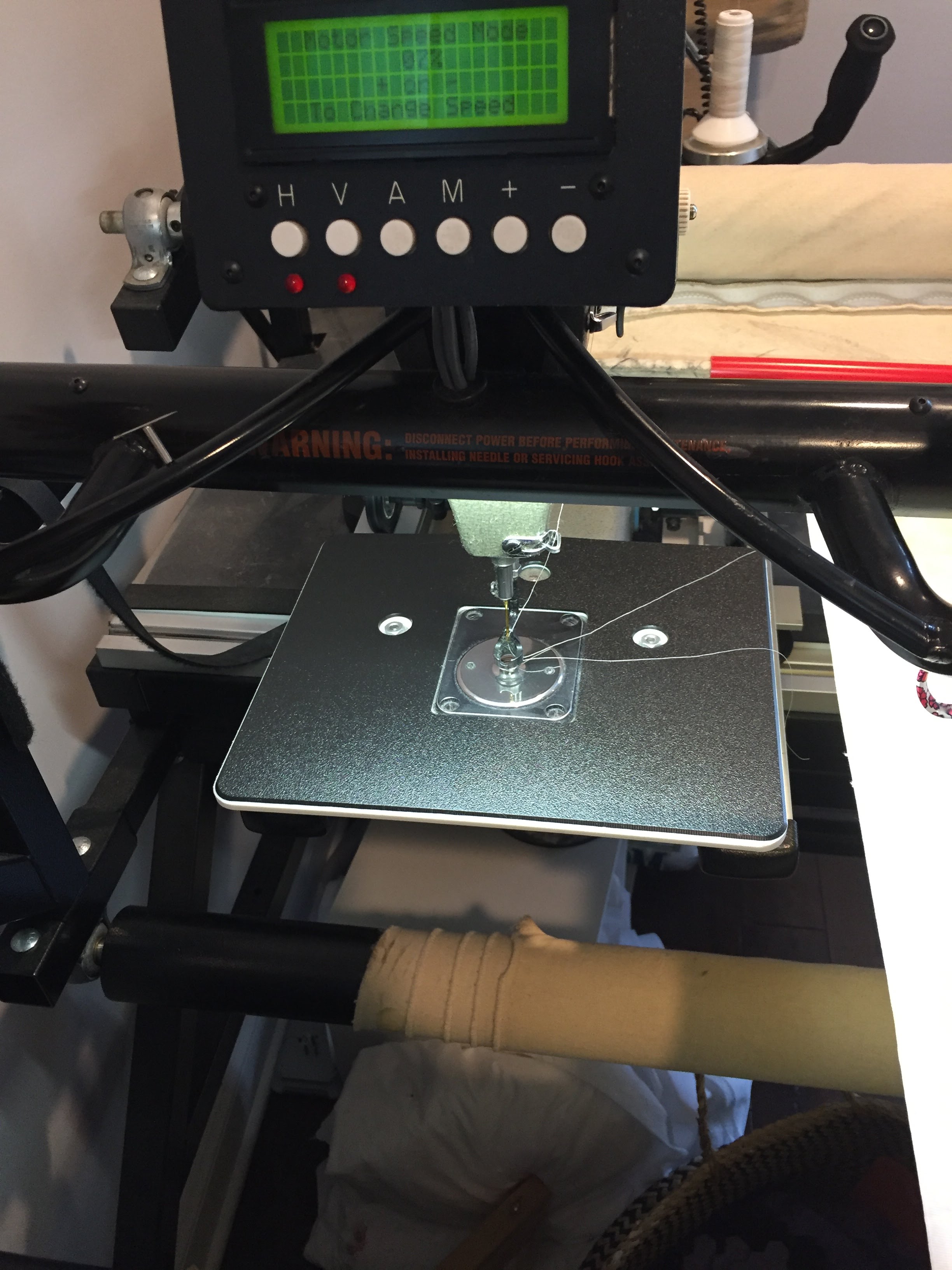 Once we are all loaded up, the fun part happens. This is the throat plate on my machine. I have a ruler table mounted on it, which allows me to do fancy stuff, like stitching in the ditch and various lines and curves. Can you see how far the ruler table sticks out from the needle? It is almost five inches.
Once we are all loaded up, the fun part happens. This is the throat plate on my machine. I have a ruler table mounted on it, which allows me to do fancy stuff, like stitching in the ditch and various lines and curves. Can you see how far the ruler table sticks out from the needle? It is almost five inches.
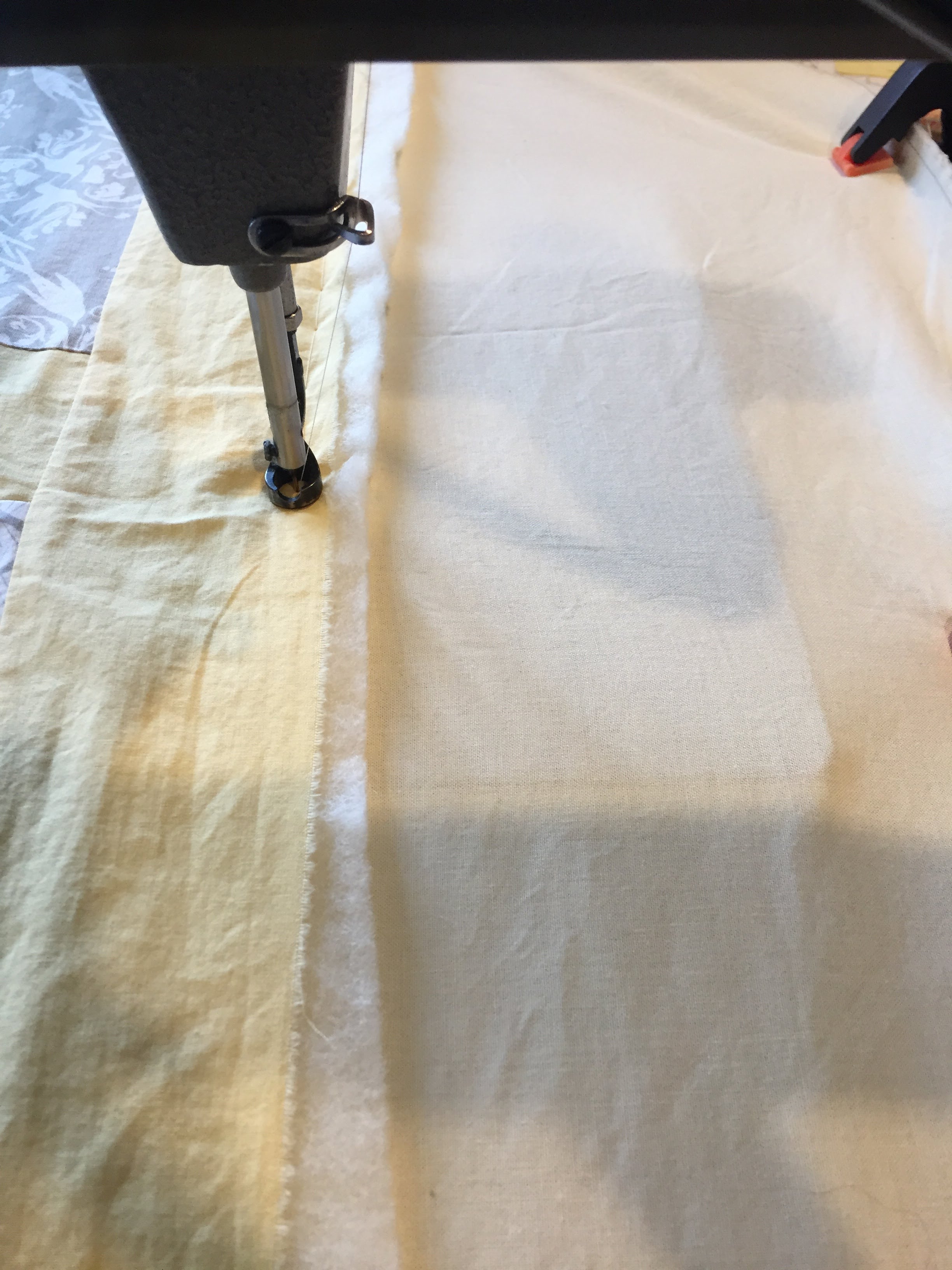 Now, If I am zooming along near the edge and I don’t have enough fabric there, my table will hit the clamps, and the head will bounce. That will make a bounce in the stitching line. A bounce in the stitching is ugly, and I have to pick it out, because I’m a professional, dammit. One minute of stitching can take at least 10 to pick out. Really, do you want me swearing over your quilt for 10 minutes?
Now, If I am zooming along near the edge and I don’t have enough fabric there, my table will hit the clamps, and the head will bounce. That will make a bounce in the stitching line. A bounce in the stitching is ugly, and I have to pick it out, because I’m a professional, dammit. One minute of stitching can take at least 10 to pick out. Really, do you want me swearing over your quilt for 10 minutes?
Now, if I am given a backing that is too small, I can sew muslin onto it to make it work for me, but I will charge for that service. $10 per seam. It feels expensive, and it is. That is how I avoid doing things I don’t want to do.
So, now you know why longarmers want such huge backings. You will get your excess fabric back, never fear. You can save your strips and make a fun strippy quilt, or maybe a Jelly Roll Race.
Are there any other longarmer demands that seem odd to you? I will be happy to explain them if I can.
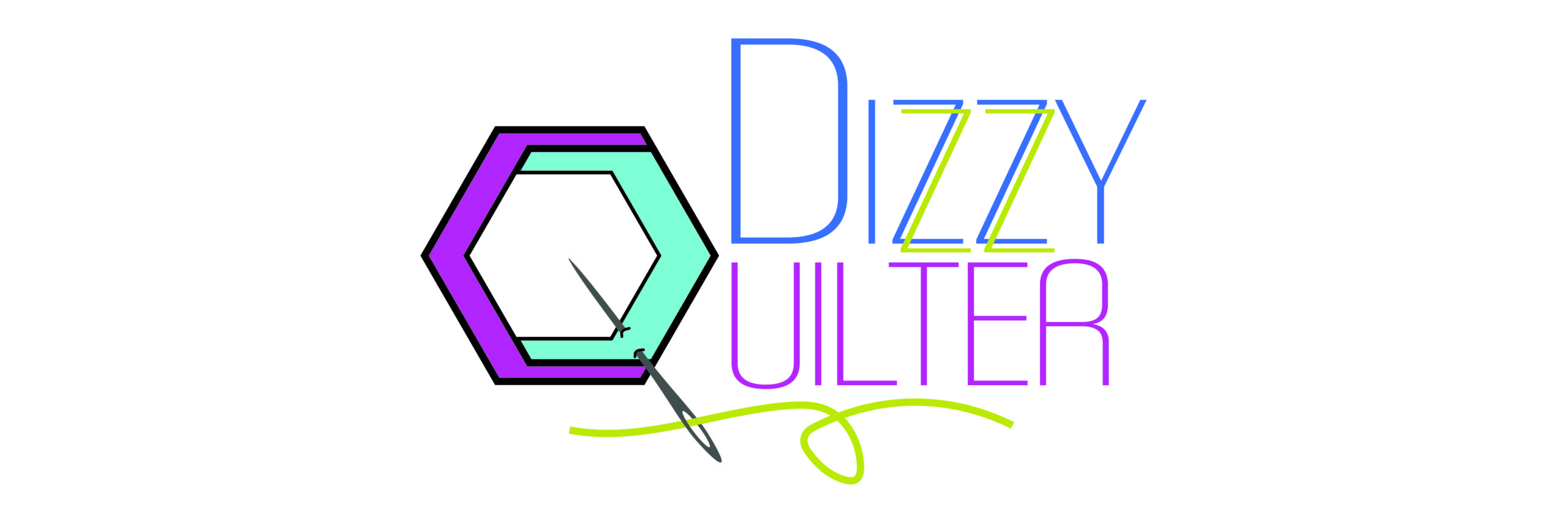
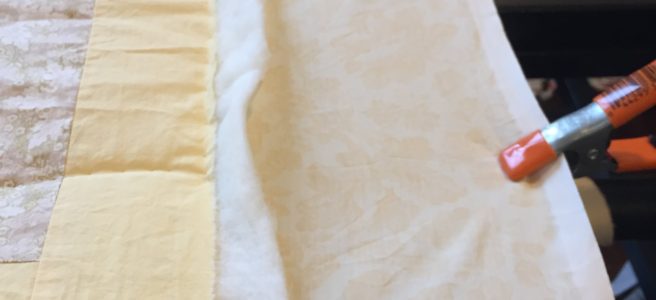
Good share! Before I started doing my own quilting, I had zero understanding of why my longarmer needed what she needed.
That’s what I thought, too. People think I’m bananas.
Great explanation of the difference between the long arm and the domestic machines. Now we know and understand.
A great article. I know quilters who throw those strips away. I, however, keep them for other projects. I appreciate that you don’t want to spend time unsewing those oopsies that could have been avoided. How do you feel about someone sewing wide muslin strips to their back to extend them?
I think that is a fine plan.
Excellent explanation. I know I sometimes skim to the edge (am doing it right now) on a lap quilt I am finishing up.
Some things are much easier to handle on a domestic.
I find that horizontal backing seams are easier to deal with than vertical ones, if there isn’t a wide backing, but I LOVE wide backs.
Would you prefer to have your piecers of quilts press their seams open, or to one side, and why? I ask because there should be a list of things in Longarm Heaven for people to know when they’re piecing. Longarming is changing the way I piece, not just the frequency.
I agree – horizontal seams are better, although they are not perfect, either. The one on the frame here has a bit of puckering along one seam, which caused a bit of wonkiness during loading.
Ooh. Good question. Personally, I find it only matters if I am trying to stitch in the ditch. I would say pressing consistently is more important than open or closed. Having a seam flip from one side to the other midway along the piece is annoying. I used to be a press to the dark side quilter. Then I did the Tula Pink City Sampler, and I learned to press open. Now I do a hybrid, sometimes both in one quilt, based on accuracy and ease of construction. I feel like if I’m not going to stick to one, I can’t really preach either of them to my clients.
I haven’t had too many problems hitting seam lumps, but if I see a tall one I go around.
This is a controversial topic on Facebook in the longarm groups.
What is? Pressing in general, or going around big seam wads? A big rubber mallet will fix most seam lumps before loading.
Pressing in general. Some longarmers are very bothered by seams pressed open. I’ve never used a mallet – I might try that.
The mallet trick works. Whack prior to loading on longarm! (Ha!)
Pressing a hotly contested topic. I would be upset if stitching in the ditch destroyed a seam, but if I’m going to press open, I shorten my stitch length when I’m piecing. I hear that helps.
I’ve not had any of my pressed open seams pop. I asked Yvette about it, and she has had it once or twice but just catches the seam by hand after quilting.
Very well written and explains it perfectly. I have large overhangs on all my quilts that I put on my long arm and I use the excess in other projects. I think of it like a spare tire in your care: You may have it there for a long time before you ever need to use it but when you do….